1. War Cake
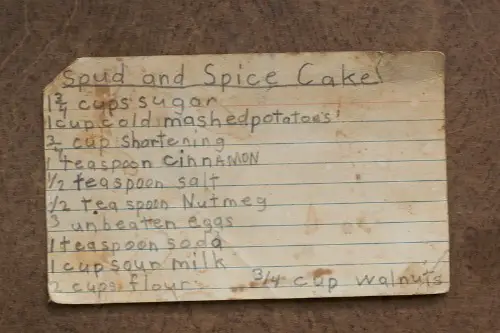
“War Cake” was a World War I invention, created to comply with rationing laws that limited sugar, butter, and eggs. Home cooks turned to molasses, dried fruit, and spices to make a moist cake that didn’t need icing. The U.S. Food Administration encouraged such recipes as a patriotic duty to save essential ingredients for the troops. This political push turned the cake into a symbolic show of support for the war effort.
The recipe carried over into World War II and beyond, becoming a nostalgic bake for older generations. While not as common today, it’s still found in historical cookbooks and heritage baking blogs. The lack of dairy and eggs also makes it popular among some vegan bakers. It’s a case of wartime necessity turning into a long-lasting dessert tradition.
2. Hoover Stew
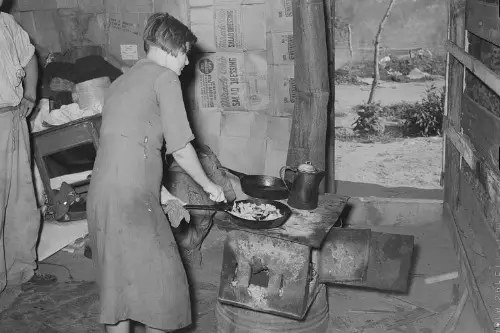
During the Great Depression, “Hoover Stew” became a staple in relief kitchens—named, not-so-lovingly, after President Herbert Hoover, who many blamed for the economic collapse. The dish itself was a cheap combination of macaroni, hot dogs, canned tomatoes, and sometimes corn, all boiled together. It was political in that it was both a survival food and a jab at the administration’s failure to help the poor. The name stuck, and the meal lingered in American kitchens for years after the Depression.
Even though it’s not exactly gourmet, some families still make Hoover Stew as a nostalgic comfort food. It’s inexpensive, filling, and requires almost no cooking skills—qualities that have kept it alive. Church potlucks and budget-friendly blogs sometimes still pass around recipes for it. It’s a strange culinary relic born from frustration, yet it’s hung around for nearly a century.
3. Eisenhower’s Million-Dollar Fudge

In the 1950s, Mamie Eisenhower popularized her “Million-Dollar Fudge” recipe, which she shared widely during Dwight Eisenhower’s presidency. It became part of a larger political effort to humanize the First Family and connect them to the American public through simple domestic traditions. Newspapers and women’s magazines featured the recipe, framing Mamie as the friendly, approachable First Lady. The fudge became a sweet PR tool as much as a dessert.
What’s remarkable is that people still make it today, often without realizing its political roots. The recipe was simple but indulgent, using marshmallow creme and chocolate to create a rich, long-lasting treat. For many Americans, making Mamie’s fudge was almost like participating in a piece of White House life. It’s proof that sometimes the tastiest political strategies involve a candy thermometer.
4. Victory Gardens Vegetable Soup
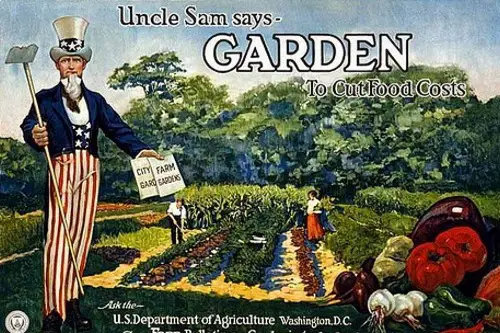
During both World Wars, the government promoted “Victory Gardens” to reduce pressure on public food supplies. Soup was a natural way to use homegrown vegetables, and it became a symbol of self-sufficiency and patriotism. Pamphlets from the U.S. Department of Agriculture even provided suggested soup recipes to encourage citizens to grow, cook, and eat locally. The soup’s political roots were firmly planted in wartime morale and resource management.
Even after the wars ended, the idea of a hearty, from-the-garden vegetable soup stuck. Families passed down recipes that often varied based on what was in season. It remains popular among gardeners and homesteaders who enjoy the “grow your own” ethos. It’s one of the few politically-driven dishes that’s both healthy and still widely loved.
5. Election Cake
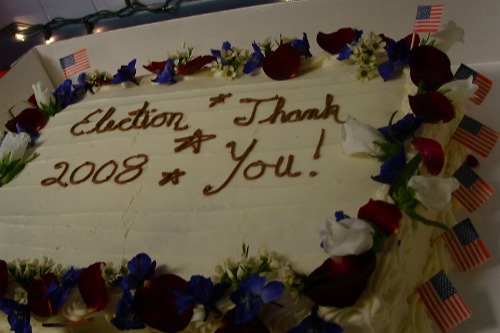
Election Cake dates back to the colonial era, when it was baked to entice voters to attend the polls. The earliest versions were massive, yeasted spice cakes loaded with dried fruit, meant to feed entire towns during election gatherings. Local governments and political groups sponsored these events to promote civic participation. In this way, the cake became both a bribe and a celebration of democracy.
Although the practice of handing out cake at polling places has faded, the recipe has been preserved by historical food enthusiasts. Bakers today often make smaller, more manageable versions. The connection to voting still makes it a novelty bake every election season. It’s one of America’s oldest culinary reminders that politics and food have always been intertwined.
6. Nixon’s Cottage Cheese and Ketchup
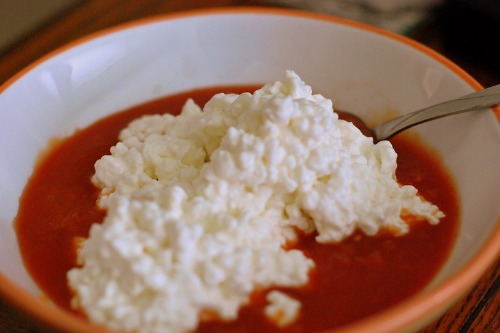
President Richard Nixon was known for his unusual habit of eating cottage cheese topped with ketchup. While not a campaign dish, it became politically relevant after the press reported on it, turning it into a quirky symbol of his personal taste. The simplicity of it appealed to the idea of a president who liked unpretentious, everyday foods. It also inadvertently became part of his public image during a turbulent political era.
Believe it or not, some people still try it—either out of curiosity or nostalgia for vintage White House oddities. It’s one of those “so strange it must be real” political food moments that hasn’t faded entirely from pop culture. Some even claim it’s better than it sounds. Whether loved or mocked, it’s survived as a strange footnote in culinary-political history.
7. Truman’s Country Ham Breakfast
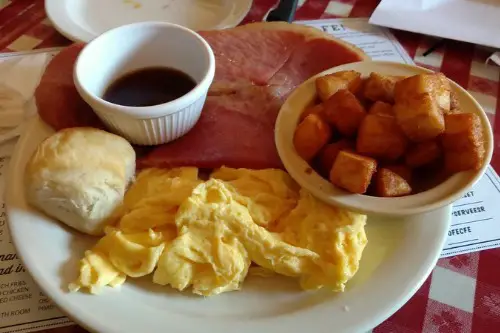
Harry Truman made a point of eating hearty, farm-style breakfasts, often featuring country ham. This was partly a personal preference and partly a political statement, reinforcing his image as a down-to-earth Missourian. He even served ham breakfasts to visiting dignitaries, showing off what he saw as true American fare. It was a subtle way of turning breakfast into a diplomatic and political tool.
Country ham itself had existed long before Truman, but his association with it gave the dish new visibility. Many Missourians and Southerners still proudly serve it as a traditional breakfast centerpiece. It’s a reminder that political branding doesn’t stop at the campaign trail—it can be plated and served. Truman’s legacy lingers in diners and family tables across the country.
8. Suffrage Cookbooks’ Gingerbread

In the late 19th and early 20th centuries, suffragists sold cookbooks to raise funds for the women’s voting movement. Gingerbread appeared often, as it was easy to make, stored well, and could be sold in bake sales. These recipes came with political messages, making the dessert a vehicle for activism. Baking became both a domestic activity and a revolutionary act.
Today, gingerbread’s association with suffrage is mostly forgotten, but the recipes still circulate. Food historians and feminist groups occasionally revive them to honor the movement. It’s one of the sweeter examples of political strategy, combining community building with fundraising. Every bite carried a message long before hashtags existed.
9. Civil War Hardtack

Hardtack was a rock-hard biscuit made from flour and water, issued to Union soldiers during the Civil War. It was cheap, easy to store, and nearly indestructible, making it politically useful for feeding armies with minimal resources. The War Department promoted it as a practical solution to logistical challenges. It became an emblem of wartime endurance, both praised and cursed by those who had to eat it.
While no one makes hardtack for fun on a daily basis, reenactors and survivalists still prepare it. It’s valued more as a piece of living history than a culinary treat. Some even use it as an educational tool in schools to teach about the war. Its survival is less about taste and more about cultural memory.
10. First Lady Pat Nixon’s Crab Cakes
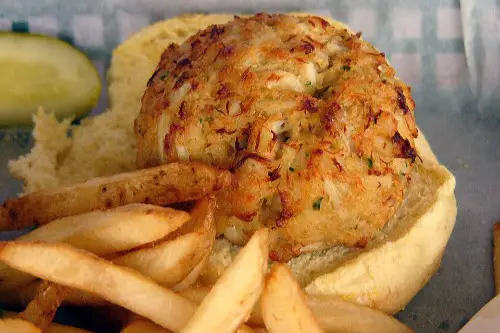
Pat Nixon, wife of Richard Nixon, was known for promoting regional American recipes, including her famous crab cakes. She served them at White House events as part of an effort to highlight domestic tourism and local specialties. This was a form of culinary diplomacy, showcasing Maryland seafood to guests from around the world. It tied food directly to the political message of appreciating American heritage.
Crab cakes were already popular in the Mid-Atlantic, but Pat Nixon’s endorsement gave them national attention. Many modern crab cake recipes still resemble the ones she promoted. They’ve become a White House-approved symbol of coastal cuisine. It’s a case of politics giving an old favorite a fresh platform.
11. Liberty Sandwiches
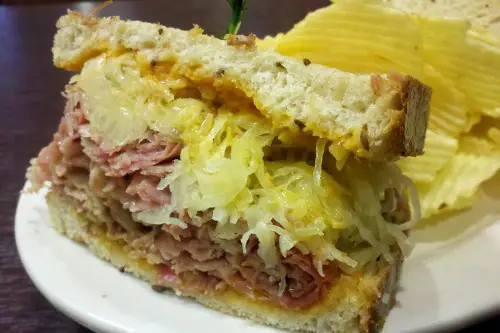
During World War I, sauerkraut was rebranded as “Liberty Cabbage” to avoid its German name, and sandwiches featuring it were dubbed “Liberty Sandwiches.” This was part of a larger political campaign to reduce German influence on American culture. The government encouraged patriotic renaming of foods to boost morale and unity. Sandwiches became edible propaganda.
Although the “Liberty” name faded after the war, the combination of sauerkraut and meats like corned beef or sausage has persisted. You can still find similar sandwiches in delis and diners nationwide. Most people now eat them without realizing they were once politically charged. It’s a reminder of how quickly politics can reshape a menu.
12. Jimmy Carter’s Peanut Brittle
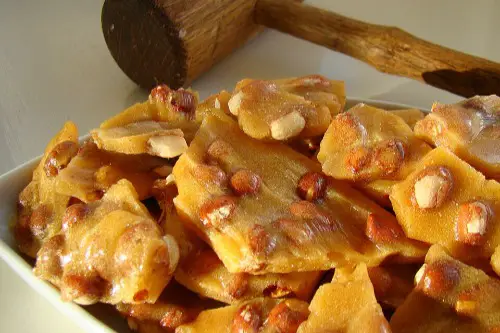
Jimmy Carter, a former peanut farmer, leaned heavily into his agricultural background during his presidential campaign. Peanut-based recipes, including his family’s peanut brittle, became part of campaign events and fundraising. The treat served as a homespun symbol of Carter’s rural roots and work ethic. It was a calculated yet genuine political snack.
Today, peanut brittle remains a beloved Southern sweet, and Carter’s association with it is remembered fondly by many. Some souvenir shops in Georgia still sell “Presidential Peanut Brittle.” It’s a tasty case of campaign branding with staying power. Even decades later, the candy is tied to Carter’s folksy political image.
13. FDR’s Hot Dogs with the King

In 1939, Franklin D. Roosevelt famously served hot dogs to King George VI and Queen Elizabeth during their visit to the U.S. It was a deliberate political move to showcase American casual dining in contrast to royal formality. The hot dog became a symbol of both hospitality and democratic informality. Newspapers had a field day with the image of British royalty eating frankfurters.
Hot dogs, of course, were already popular, but this moment cemented them as a kind of national cultural ambassador. They’ve remained central to American food identity ever since. Every backyard barbecue owes a little to that diplomatic picnic. It’s proof that sometimes politics and ketchup go hand in hand.
14. Kennedy’s New England Clam Chowder
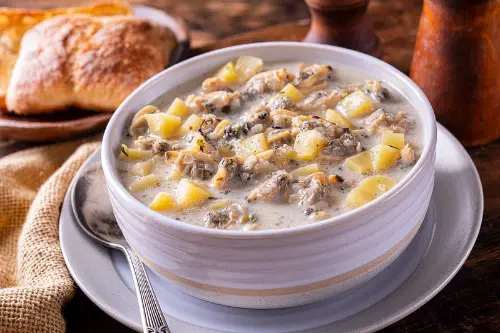
John F. Kennedy’s love for New England clam chowder was well-documented and politically useful. It reinforced his Massachusetts roots and tied him to the region’s seafaring traditions. The Kennedy White House often served it at formal events to highlight regional American cuisine. This made chowder not just a meal, but a statement of identity.
Clam chowder was already beloved in New England, but JFK helped popularize it nationwide. Restaurants and cookbooks eagerly shared “Kennedy-style” chowder recipes. Even today, it’s hard to think of the dish without some association to Cape Cod and the Kennedy mystique. It’s a political pairing of seafood and statesmanship that has endured.
This post 14 Dishes That Were Created for Political Campaigns and Somehow Survived was first published on American Charm.


